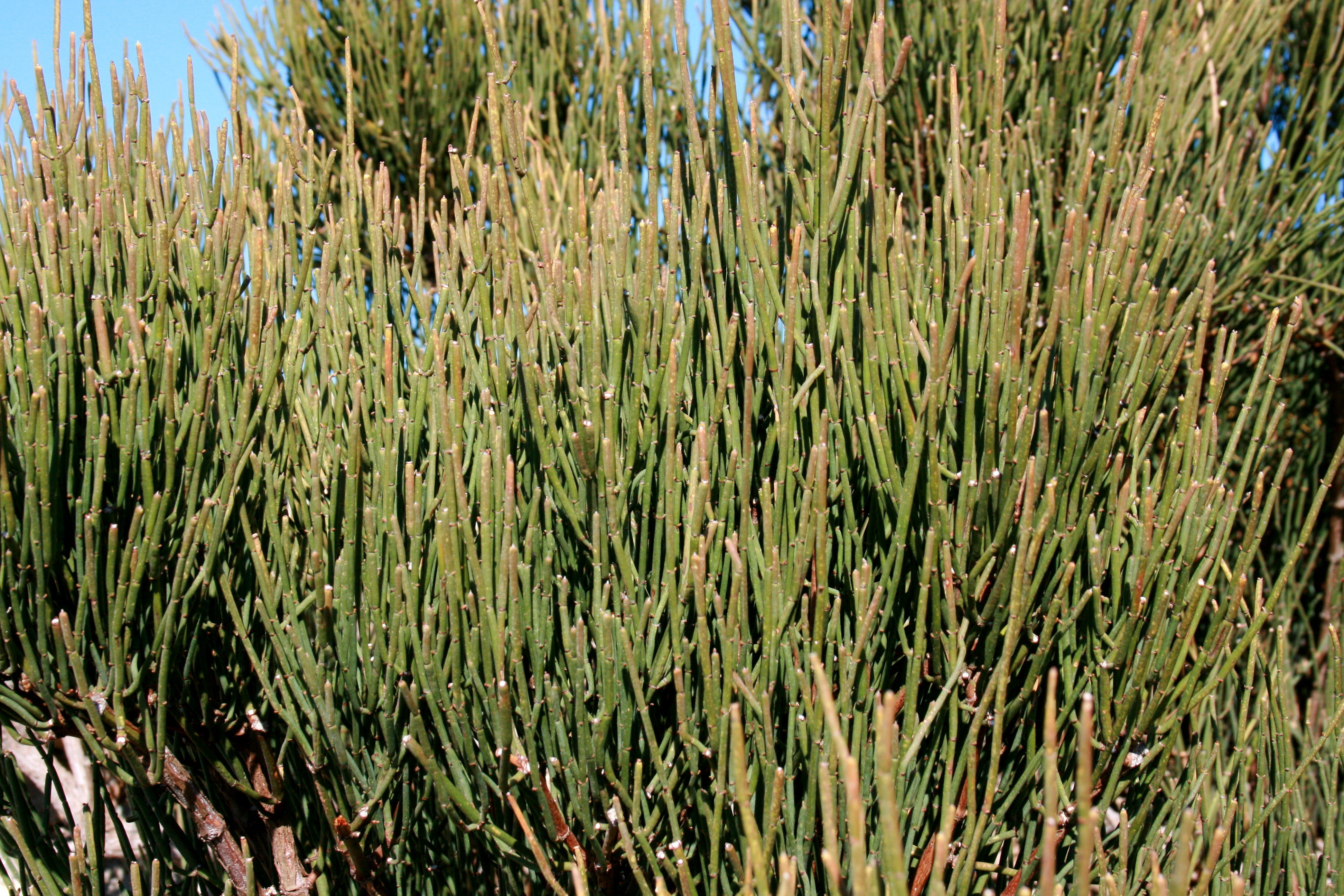Now wait a second...isn't that exactly the opposite of those commercials with the gracefully oscillating finger with the "before" and "after" picture? Isn't Neosporin in EVERYONE'S first aid kit? It used to be in mine. Over the years I have changed what I used to have in my first aid kit for natural alternatives because they simply work better for me.
About a year ago I made a unique gift for a friend of mine who was inheriting four children when she got married. She hasn't yet had any of her own so I wrote a little guide called, "A Mother's Guide to Self-Reliant Health Care" to help her in her journey. I say I wrote it for her, but in reality I wrote it for myself :). You see, my brain is made of mush the size of a marshmallow consisting of about the same ingredients. When I think I've learned something...it is easily forgotten. The guide is a quick easy reminder of the things I've learned. Hopefully this email will be a guide for you if you have desires to "upgrade" your first aid kit.
Here is a list of things I have (and know how to use) in my Natural First Aid Kit:
Raw Honey (we've already discussed this, but #1 on my list):
Excellent for cuts, burns, open wounds etc.
Bentonite Clay:
A drawing clay for pulling out bruises, stickers, bug bites (works great for mosquito bits - itching is gone instantly). Wild Tobacco is also good for bruises (the Word of Wisdom even tells us this) and stings. Tobacco is especially good to quickly be used for bee stings...in case Ms. Anna Philactic (anaphylactic shock) shows up from an allergy to the sting. It draw out the venom so the body doesn't have to react.
Savvie Salve:
This is a salve that I make from all kinds of herbs, olive oil and beeswax. I use it for all kinds of things from eczema to minor scrapes and cuts to prevent them from becoming infected. I love that my kids know when they get these little dings and scratches that they go right for the salve. They can take care of it themselves which makes them more self-reliant. It is also great for stings too. When the 11 year old scouts went on a trip to Mt.Graham, they had an altercation with some bees. Everyone that used the salve felt better fast.
Golden Seal and Oregon Graperoot Tinctures:
These two lovies have saved my world. They have killed just about any bacteria I have run into (including...strep!!!) As with anything that can kill bacteria, make sure you follow up with pro-biotics afterwards, otherwise you risk yeast overgrowth.
Peppermint and Lemon essential oils:
These two oils I use for just about any tummy ailment - especially over eating or nausea.
Cayenne Pepper:
This is good for cuts that are deep enough to need help coagulating. It will burn like a mother-less goat, but it does wonders when it comes to blood! I have had more than one friend who had a "monthly" that was more like a "six monthly". I recommended she take cayenne for a few weeks and the bleeding stopped. AMAZING!
Some things work better than others for many individuals. For some lavender oil is very calming, for others it has the opposite reaction and gives them a boost in their energy. So, these are the things that have worked for me and my family, some may work differently for you, so keep that in mind.
Here is a blog from Mama Katie, she uses many different things that have worked for her family. She even has a throat lozenge recipe using the herb slippery elm! Check it out!
I like to purchase my bulk herbs from Mountain Rose Herbs - they are an excellent quality with a reasonable price. If you choose to make an order, the shipping can be kind of steep so I like to make a list and make a big order so that the shipping price is worth it for me.
For essential oils, doTerra has the highest quality. Quality is PARAMOUNT especially when it comes to essential oils. However, they are also the most expensive. As an alternative, I also get many of my oils from Mountain Rose Herbs also. Oils are to be used by the drop. They are very very strong!
So, for the love of Pete, if you want to give some of these a try, PLEASE do. Remember, all of these things should be used with wisdom and prudence, MORE is not always BETTER. If you have questions I'd be glad to answer them.




